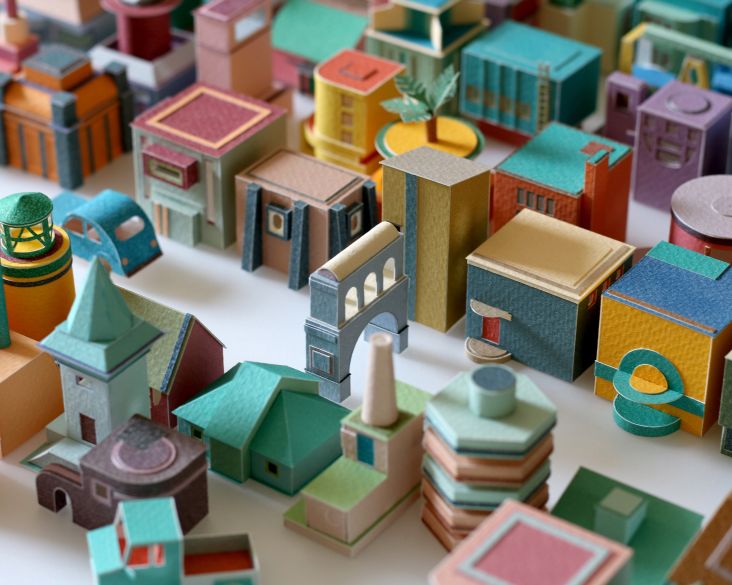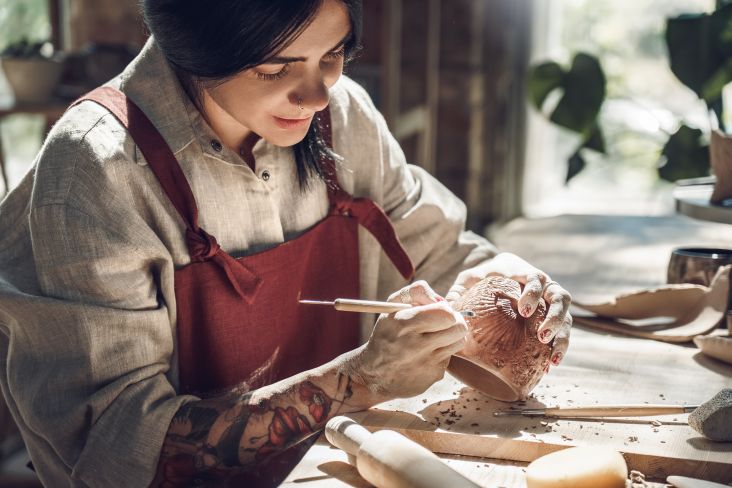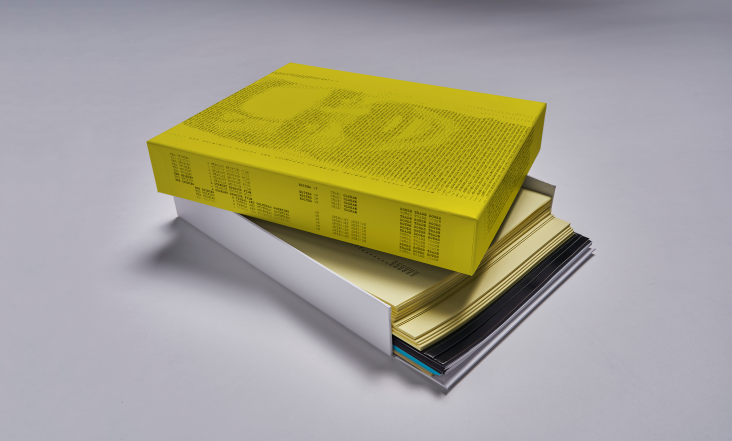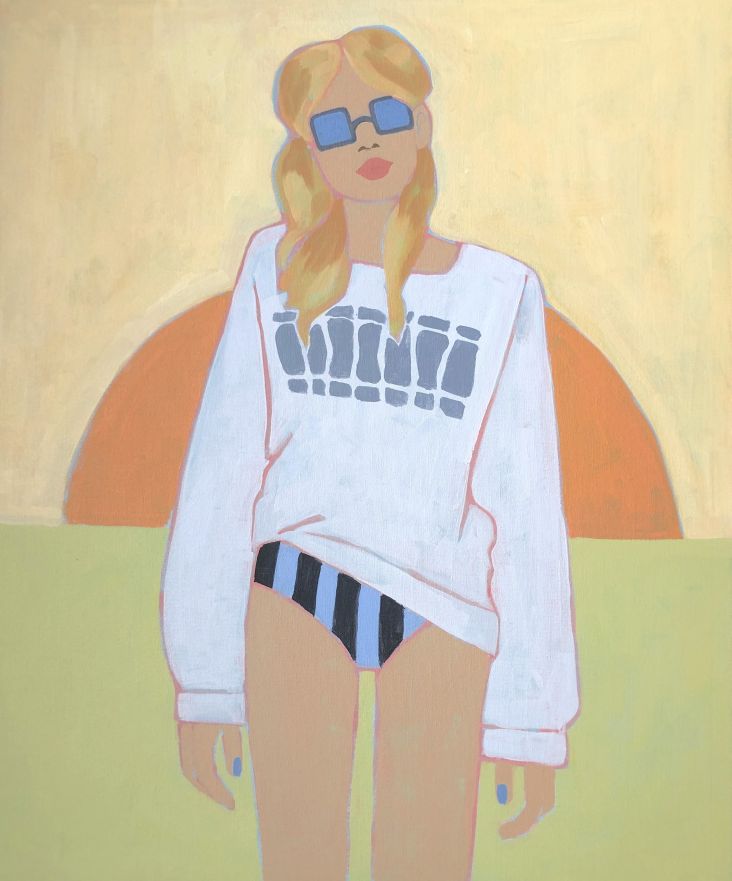The Caterpillar Girl: Aleksandra Bokova explores her background in a magical, toy-like animation
Rotterdam-based artist Aleksandra Bokova has revisited her childhood as a girl growing up in Belarus in her latest short animation, The Caterpillar Girl. Yet despite being nostalgic, whimsical and funny, this film does not shy away from tackling huge issues such as self-acceptance and the societal expectations surrounding women.
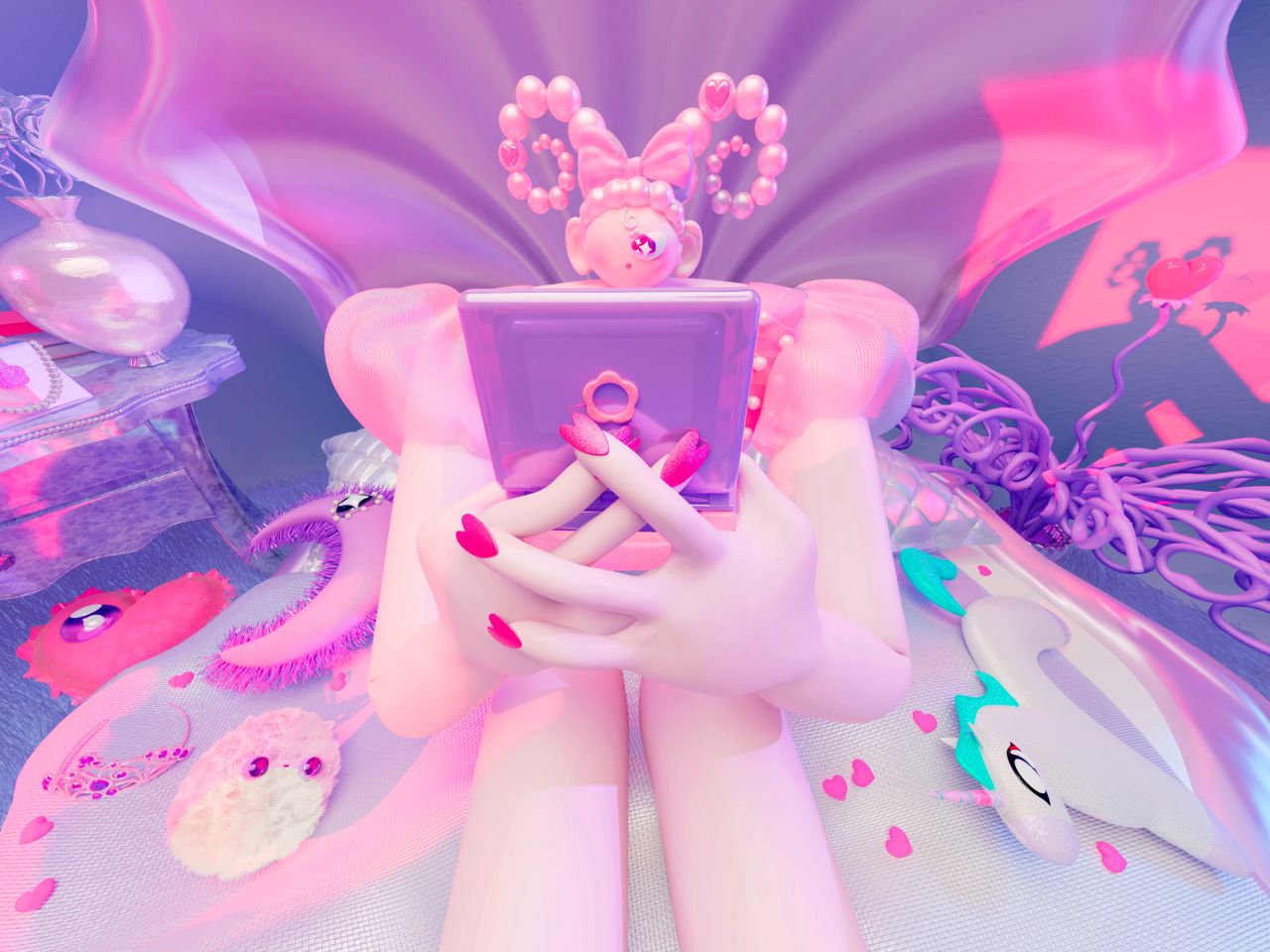
Aleksandra has come a long way since moving from Minsk to the Netherlands when she was 19, where she would go on to be enrolled at Willem de Kooning Academie in Rotterdam. As well as letting go of the old, rigorous academic training of her home country, she has also made peace with her past and learnt to accept herself for who she is.
This is no mean feat. Coming from a family where her mother was rarely a presence at home due to her work, and her father spent the majority of his time living and working overseas in the US, Aleksandra suffered a lot of loneliness. This only served to compound the shame and societal pressures she felt as a woman, where even the smallest of pimples could leave her house-bound "because a woman's appearance is extremely important in Belarus and constantly under scrutiny."
These struggles with self-acceptance and her traumatic upbringing inspired Aleksandra to create The Caterpillar Girl and curiously magical short animation in which she could be completely honest and open about her past. And as well as transforming her own experiences into art, Aleksandra made her feelings universal by interviewing other Eastern-European women to hear how they grew up in an oppressive environment. "In the end, I merged their stories with my own to create a sort of collective experience," she tells Creative Boom. Watch it below.
As well as her personal background, another important influence on The Caterpillar Girl was the culture of Aleksandra's home country. Drawing on online publications and creating mood boards with strange architectural elements and odd social media characters were all part of the creative process. "My works are often inspired by the whimsical, funny, and often ugly surroundings that were a big part of growing up for me," she reveals. "I try to keep those flaws visible while filtering them through my own magical and humorous lens."
Yet despite confronting some pretty heavy topics, The Caterpillar Girl does not come across as depressive. In fact, the most difficult obstacle facing Aleksandra while making the animation was settling on a topic. "When I first began working on the film, it took a completely different direction, which I struggled with," she explains. "I felt too constrained in expressing my dark emotions, which led to a more polished and dishonest representation of my concept. I tried too hard to fit it into other people's expectations of a narrative-driven short film.
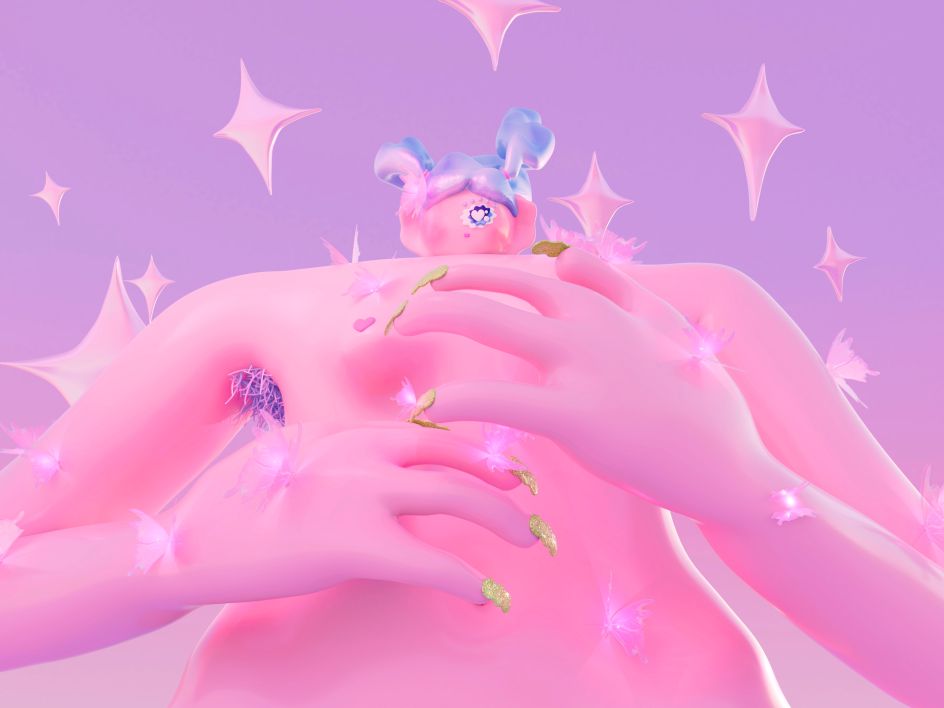
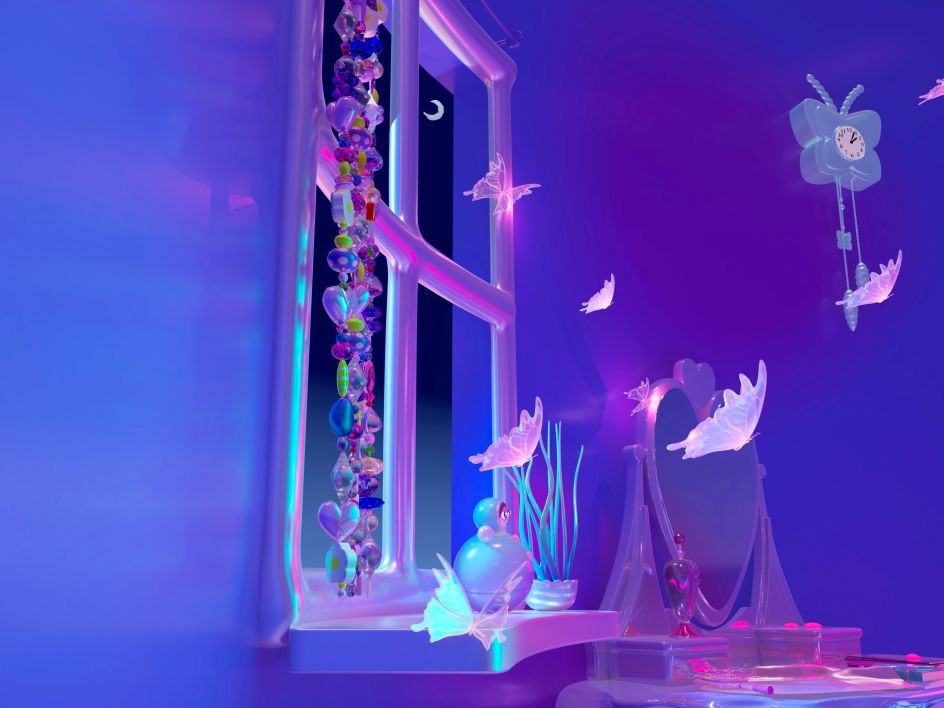
"It was almost finished at this point, but I decided to take a new approach by discarding any doubt and starting my film all over again, only a few months before my graduation. However, due to the challenge and time constraints, I was able to develop my own method of creating digital worlds and animations. The time limit freed me from overthinking and second-guessing, allowing me to fully immerse myself in my imagination and fantasy."
These magical feelings are part of the nostalgia Aleksandra has had for Belarus since leaving it. She claims that the longer she spends away from home, the more the image of her home becomes distorted and takes on a new shame in her memory and through her dreams. It's an effect that can clearly be seen in the bright and bold aesthetic of The Caterpillar Girl.
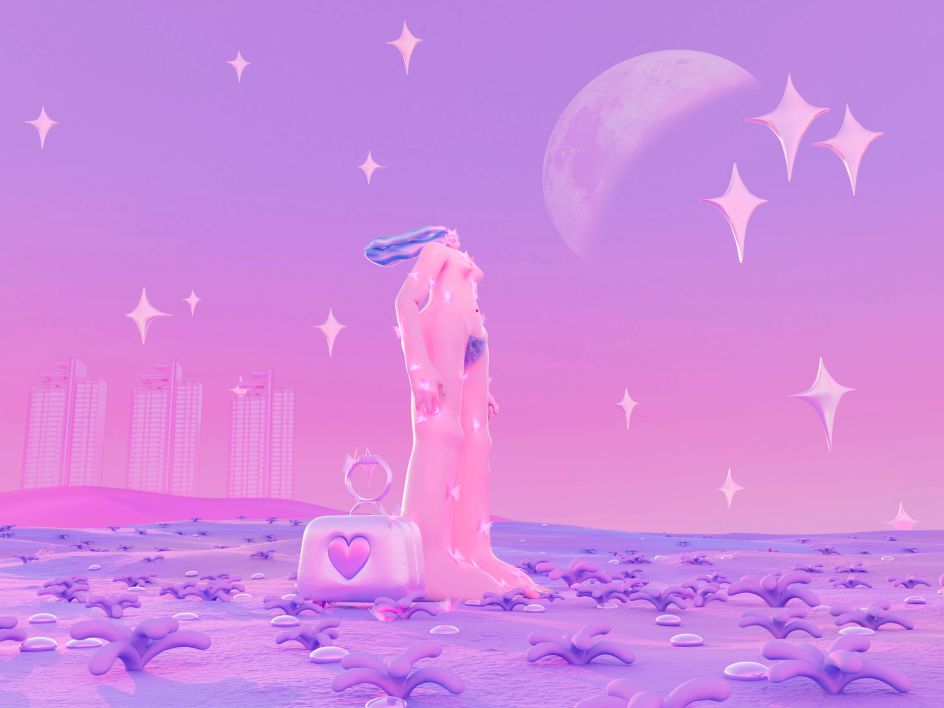
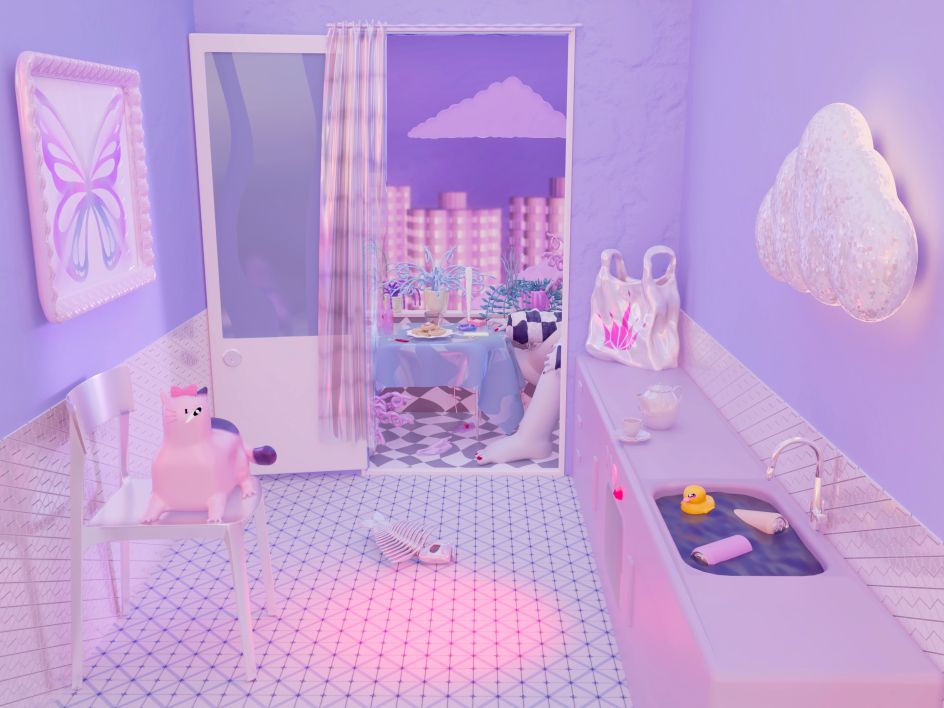
"I embody the essence of magic and fairy tales in my work, making a homage to the immense and vast worlds that we dreamt of while growing up," she adds. "I incorporate an unleashed sensation of girlishness, something which I've only begun to express in the last couple of years, after accepting my personality and body as it is. Now I want femininity to manifest itself in everything I make, allowing my worlds and my characters to be as free, funny, and moody as they want by embracing their true selves.
"I like to incorporate subtle and whimsical moods and objects within my worlds, and I am not afraid of exploring the ugliness because the ugliness of the surrounding was a huge part of my upbringing.
"However, I never wanted to deliver very complicated or depressing ideas through my works: After all, the creation of the magical worlds was always a process of finding peace of mind and escaping from the harshness of reality. So even if the idea behind the piece is complicated – I try to convey it through simpler and more humorous means."
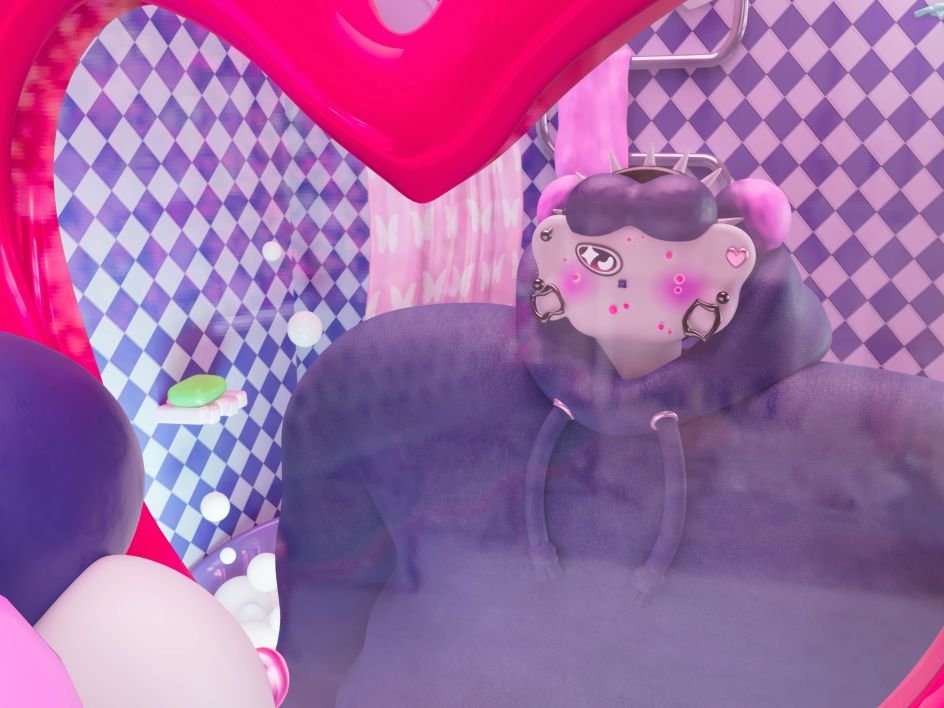
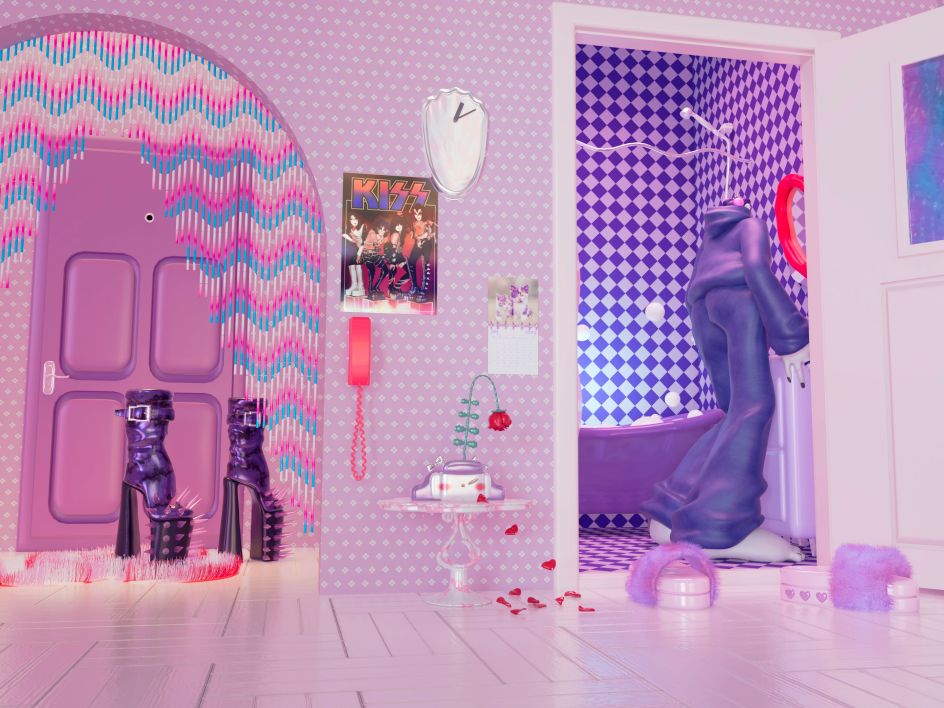
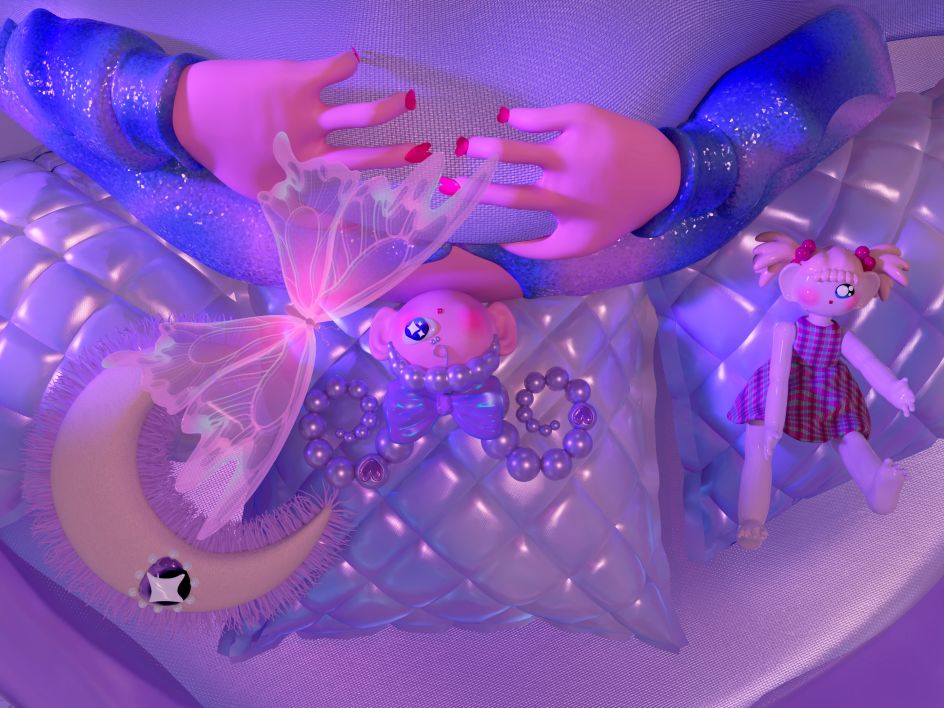




 by Tüpokompanii](https://www.creativeboom.com/upload/articles/58/58684538770fb5b428dc1882f7a732f153500153_732.jpg)


 using <a href="https://www.ohnotype.co/fonts/obviously" target="_blank">Obviously</a> by Oh No Type Co., Art Director, Brand & Creative—Spotify](https://www.creativeboom.com/upload/articles/6e/6ed31eddc26fa563f213fc76d6993dab9231ffe4_732.jpg)








